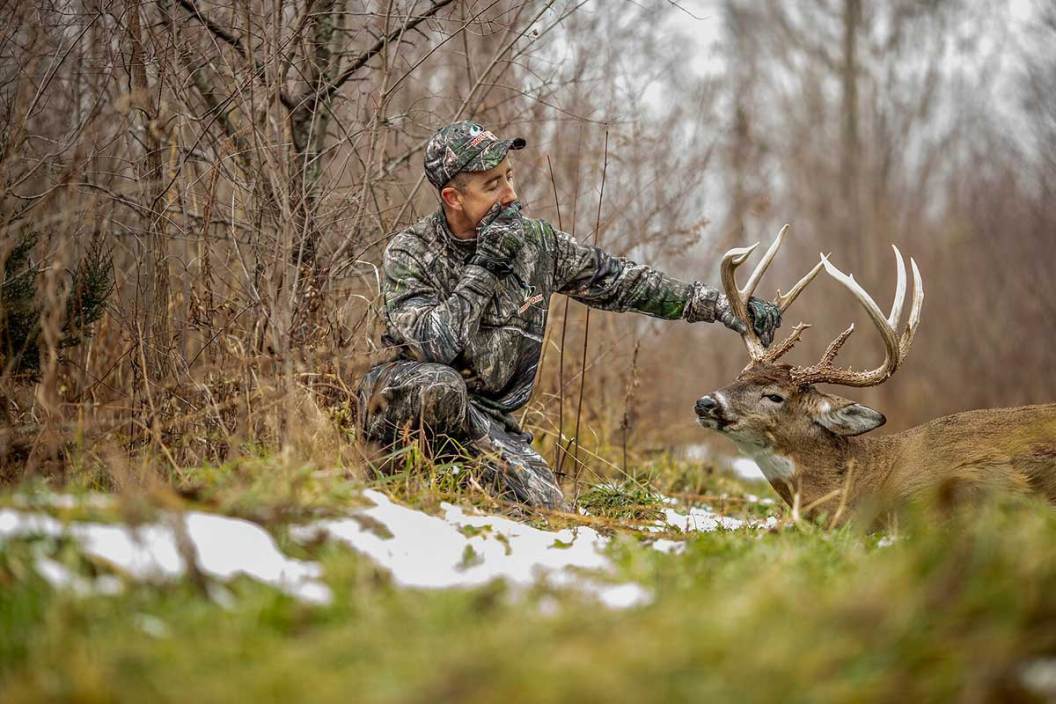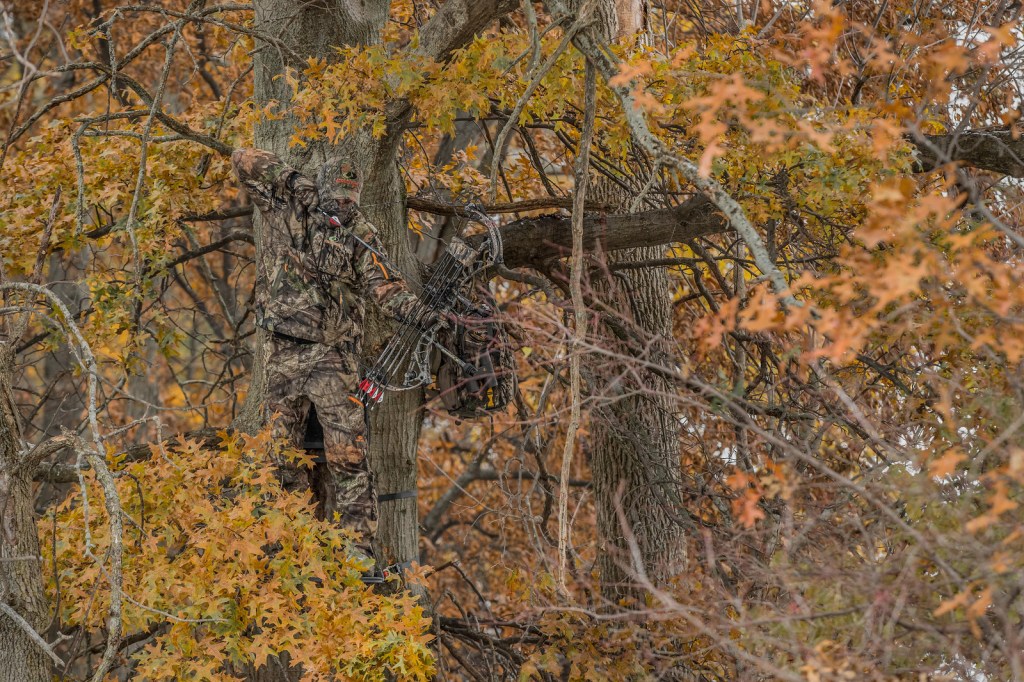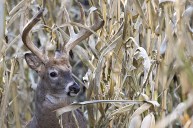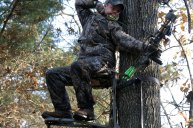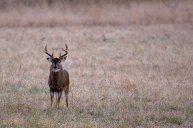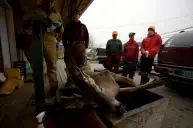A lifetime in the whitetail woods will teach you some great deer hunting lessons, both about the animal and yourself.
After hunting deer for what seems a lifetime, I've had the opportunity to learn from some of the best deer hunters that you could ever have the pleasure to know. Ever since I took my hunter education course, got my first hunting license, and hung a set of antlers on the wall, I've made it a point to pick up lessons whenever and wherever I could.
Deer hunters are on a constant search for the best methods. Pre-season scouting will translate to hunting strategies that turn into a prime-time game plan when the season opener rolls around. Food plots, trail cameras, and off-season tactics aside, when the season is on and the deer are getting hunted, it's time to fall back on the consistent reminders that will help the most.
It sort of gives the term "hunter education program" a whole new meaning. Learn about the deer behavior in your area, and you'll be doing yourself, and your hunting luck, a favor.
Opening day is a thrill for all of us, but when hunting pressure is on, it's vital to know what will bring deer close and keep them in shooting range. This is especially critical for bow hunting, but important during firearms season as well.
A lot of advice revolves around how to choose a hunting area and tree stand location, which often relates to travel corridors and food sources. But once you're set up, once you watch the woods wake up at first light, your best bet is to remind yourself of the basic tenets of deer hunting.
This kind of advice is particularly advantageous for new hunters who are hunting their first season after completing their safety course. But it can be just as valuable for a seasoned deer hunter. Today's hunter can use every trick available to track and find big game, but they're also a part of quality wildlife conservation through wildlife management, and procuring fresh wild game meat in an all-organic way.
That's why these simple lessons are so crucial. Read them, set them to memory, and stay open to more learning as you move through your hunting lifetime.
1. Disturb the Woods as Little as Possible
In order to hunt deer in their own habitat, you have to go into the woods. The simple fact is that you need to do it as stealthily as possible.
This counts during the off-season, but is definitely crucial when you're actively hunting during the season. If you are still moving through the woods when you have an encounter, you should know that the deer definitely see you, hear you, and smell you long before you know that they are there. Controlling how likely it is to spook a deer is in your hands.
Deer will calm down and begin to use an area again after it has been disturbed in a negative way, but you could avoid that altogether if you move about in a smarter way. Leave big tasks, like trimming trees and clearing shooting lanes, to well before the season starts. Practice scent control and only move to a blind or hunt spot under the cover of darkness. Don't kid yourself: you're a bigger disturbance than you think.
2. Wind Direction Really Matters
Preaching to the choir? Maybe, but they will smell you before they ever see you, and that's quite enough for a whitetail deer.
Trying to stay scent free is only part of the battle. Wind direction in the deer's favor can outweigh even the best scent control measures. Wind direction in the hunter's favor can spell success, or at least far better odds.
3. Movement is Key
Now that you've done a good job getting deer close enough to shoot, you need to know when it is the right time to take the chance to aim. This is especially true for archery hunting season, as there's more movement required for a bowhunter than a gun hunter. Trust me, you move a lot more than you think you do.
This is the number one reason why deer hunters have opted to go up trees, and maybe the biggest reason to use a quality safety harness.
Even at that, we need a clear view and clear shooting lane to our target; there are no ifs, ands, or buts. You simply have to choose your moments to move carefully. In some instances, you can be up and ready before the animal ever knows that you are there which is the best-case scenario, but since we can never be sure exactly where a deer will come in, it stands to reason that there will be times when a deer is looking right at you.
It is now when a stout heart is needed. Choose to move carefully and in small increments as they turn their head or look down. You may have to do it multiple times before you get your firearm or bow into shooting position and there are no guarantees.
Welcome to deer hunting.
4. Other Hunters Can Unintentionally Help

From the beginning, deer hunting becomes a battle to sit still, play the wind, and be patient. One of the first things that I learned during the autumn deer hunt was that a lot of other hunters can't do this. Every season this becomes more and more evident. You can almost set your watch to it. At 10 o'clock or so, folks that can't sit anymore will begin to move.
This also goes for folks who couldn't get into the woods before dawn. Hunters coming into the woods for an afternoon hunt have filled my tag for me over and over. This is because deer sense the action and move themselves. Many times, these deer will be moving past me, but not fleeing. I'm often able to turn these into real opportunities, all thanks to other hunters.
5. Slow is Key to a Good Deer Drive
Deer drives may be regional, but they're also rather promising methods when executed properly.
I learned after many years that walking slowly and quietly is better. It makes deer do what we want. You can never be quite sure what alerted deer will do when they know that you are present, but you will get better results by creeping along slowly.
Slowly doesn't mean without purpose. Your deliberate movements let them keep an eye on you and be completely oblivious to the danger that's ahead of them: your hunting partner ready to shoulder their gun.
6. Understand Where Not to Be
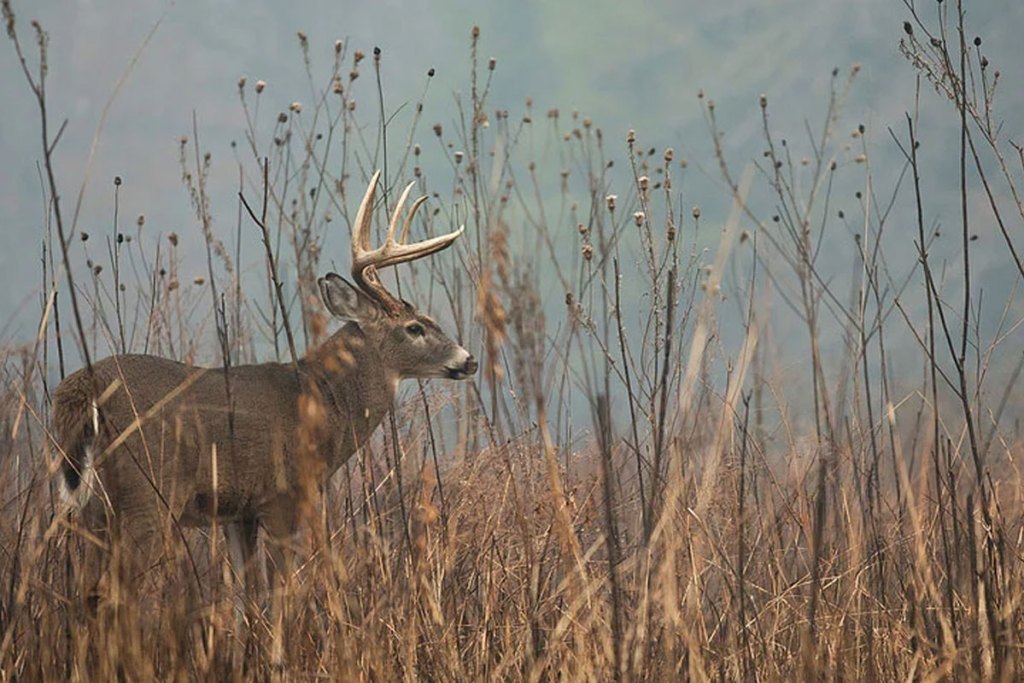
Sanctuary zones like bedding areas need to be left to the deer. They should always have a place to feel safe. Too many times these zones get compromised and when they do, the deer will stop using them. Face it: you just made the deer go away!
Leaving these places alone may not have direct, perceivable benefits, but know that you're doing the right thing.
7. Don't Take Bad Shots
This is the bane of the deer hunting community. Shot placement holds such high importance. It's paramount to only take good, quality opportunities.
Shooting at a deer with no real chance of hitting it in a vital area is just plain dumb. You should base your shot decisions on much more than luck or chance. When wounding your prize is a very real possibility, you should never take the chance. Sear it in your brain: patience is the key.
Walking deer can be stopped in a number of ways. I use the "smooch" technique and it works extremely well: pucker up and make a short, quiet kissing noise. It almost always stops them in their tracks. For others a grunt call works just as well, and both sounds take very little movement.
The bottom line is to make sure that your shooting skills are up to par, and that you've got full confidence in each shot you take.
8. Scrutinize Your Shooting Lanes
One of the best lessons that I ever learned came during the off-season, when I brought another like-minded, veteran deer hunter to my stand location in an effort to make it better. Having someone there to help me provided another perspective and another set of eyes.
I had him sit in the stand and I stayed on the ground. Then we switched spots. We had our phones in hand (so we could avoid shouting through the woods) and communicated to each other exactly what we saw, and therefore what needed to be trimmed, what could stay, and what shot scenarios would most likely play out during the season. It allowed me to really scrutinize my stand's shooting lanes.
I paid him back and helped trim lanes for my pal in his spot, and it paid dividends. Different eyes see different things, and it's the best way to create (and maintain) great shooting lanes.
Put It All Together
Smart hunting tactics for mature bucks come and go, but when you set foot in your stand during peak rut when deer activity is at its maximum, you'll want to know that you've taken every step possible to make it a memorable season.
These are some choice lessons that I've learned from hunting deer for many years, and I'm still trying to learn more. Good planning and good procedures in the woods can carry the day for hunters when the chips are down.
Products featured on Wide Open Spaces are independently selected by our writers and editors. However, when you buy something through our links, we may earn a commission.
Looking for a new way to display those antler sheds? Go to Rack Hub and use the coupon code Craiger. Be sure to follow my webpage, or on Facebook and YouTube.
NEXT: HOW TO FILM YOUR HUNTS: A CRASH COURSE IN CHRONICLING YOUR KILL
